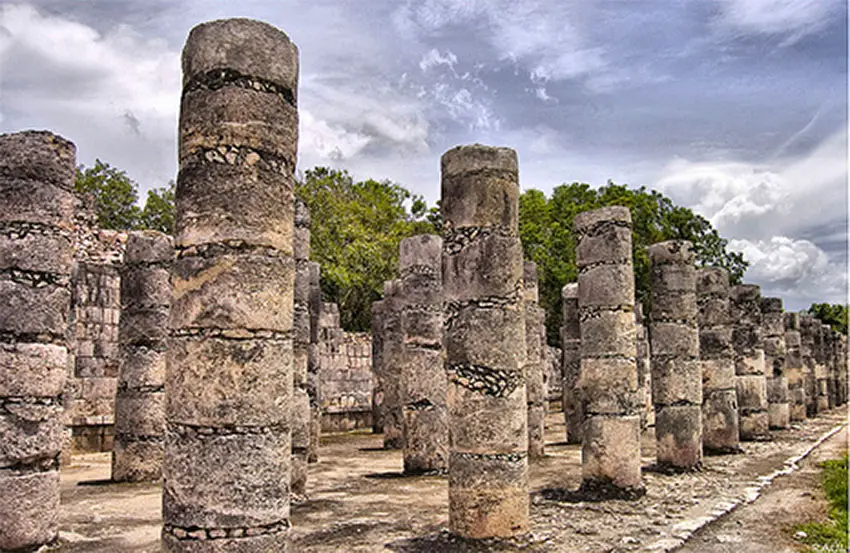Recent damage to the El Tajín archaeological site in Veracruz was caused by armed civilians with links to organized crime, claims the director of the National Institute of Anthropology and History (INAH)
Diego Prieto told reporters yesterday that trees have been felled at the site, vegetation has been burned, soil has been removed, subterranean archaeological structures have been damaged and caretakers have been threatened.
Heavy machinery entered the 1,200-hectare site – most of which is privately owned – nine days ago, he added, explaining that it appears that preparations have been made for the construction of a new residential development.
The INAH chief said that available evidence indicates that the people who caused the damage “are linked to organized crime.”
No permits were sought to carry out the land clearing, which has now been halted.

Only 200 hectares of the El Tajín site are owned by the state of Veracruz and under the management of INAH but the institute is responsible for the protection of all of its archaeological structures, some of which are on private property.
Prieto said that the entirety of the site should be in public hands.
“The Tajín zone is an extremely important ancient Totonacapan city and an important place for the Totonac people of today,” he said.
INAH archaeology coordinator Pedro Francisco Sánchez said that a team of experts is currently assessing the damage and that a report will be completed in about two weeks. He also said that a criminal complaint has been filed against those responsible.
Sánchez explained that between 12 and 15 hectares of the site have been damaged but stressed that none of the main structures at El Tajín were affected.
Located about 20 kilometers southeast of the city of Poza Rica, El Tajín is a UNESCO world heritage site that was one of the most important cities of the classic era of Mesoamerica.
Source: El Economista (sp), El Universal (sp)
